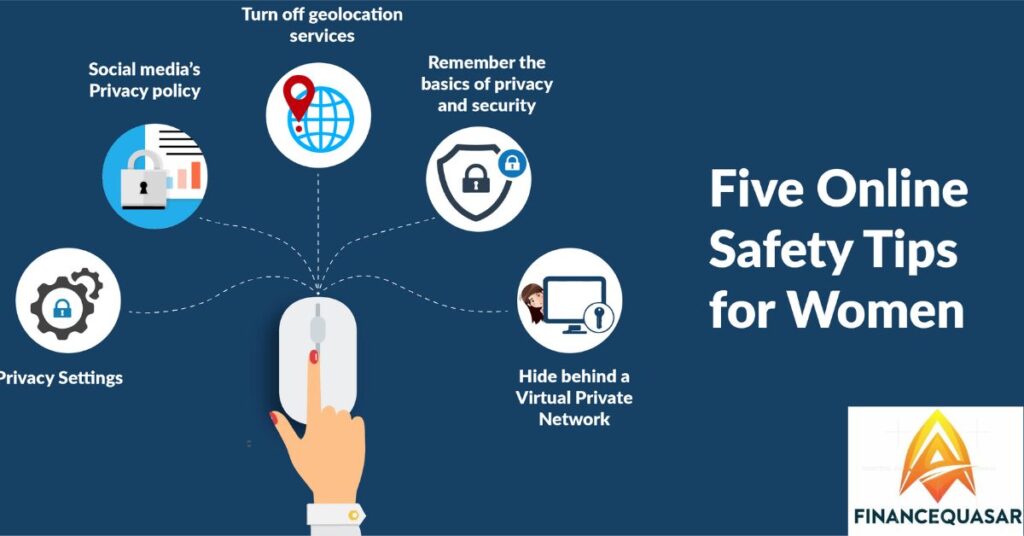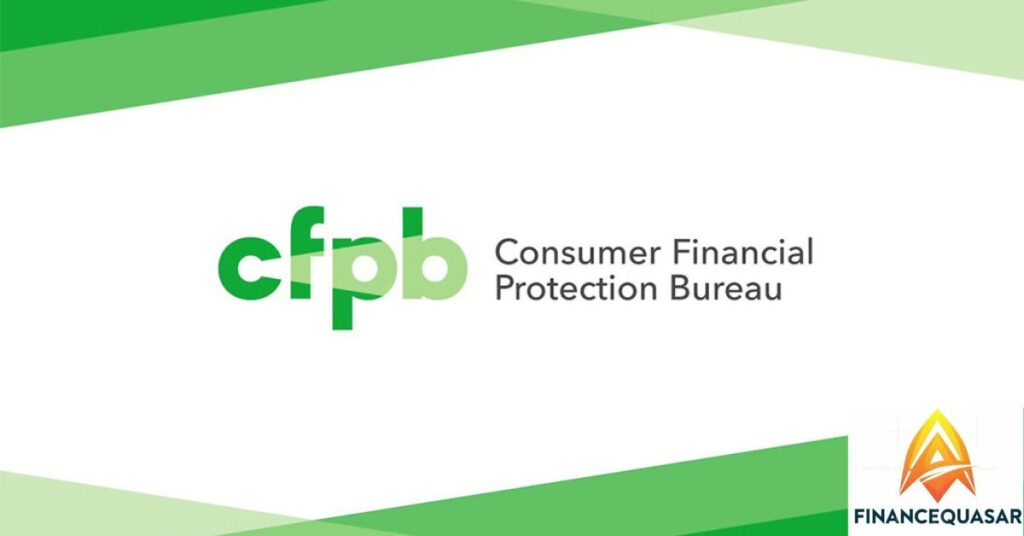What is an Online Banking TRF?
Ever needed to split a dinner bill with friends, send rent money to your roommate, or contribute to a family gift, all without the hassle of cash or checks? In today’s digital age, online banking has become an indispensable tool for managing your finances conveniently and securely. But with a variety of features at your fingertips, one key function might raise an eyebrow, Online Banking TRF.
What exactly is a TRF, and how does it fit into the world of online banking? This comprehensive guide will unravel the mystery of TRFs, empowering you to leverage this feature for seamless money transfers within the USA.
Convenience at Your Fingertips

Imagine a scenario – you’re catching up with friends over lunch, enjoying a delicious meal. As the bill arrives, the age-old question pops up: “Who’s got cash?” Fumbling for your wallet or scrambling for an ATM can put a damper on a good time. But with online banking, paying your share is a breeze.
Online banking allows you to manage your finances directly through a secure web portal or mobile app offered by your bank. It’s like having a mini bank branch accessible 24/7, right from the comfort of your couch or on the go. Core functionalities of online banking include:
- Account Management: View your account balance and transaction history in real-time.
- Bill Payments: Schedule and pay bills electronically, eliminating the need for paper checks and late fees.
- Money Transfers: Conveniently send and receive money between accounts. This is where our star player, the TRF, comes into action!
Beyond convenience, online banking offers several advantages over traditional branch banking:
- Accessibility: Manage your finances anytime, anywhere, with an internet connection and your login credentials.
- 24/7 Service: No more restricted banking hours. Need to pay a bill at midnight? Online banking is there for you.
- Faster Transactions: Forget waiting in lines. Online transfers are processed swiftly, often in real-time for internal transfers.
- Security: Banks employ robust security measures like encryption and multi-factor authentication to safeguard your financial information.
Demystifying the TRF: Your Online Transfer Champion
TRF stands for Transfer, and in the realm of online banking, it signifies the electronic movement of funds between accounts. There are two primary types of TRFs:
Internal TRF
This refers to transferring money between your own accounts held within the same bank.
External TRF
This involves transferring funds to an account held at a different bank.
While both types of TRFs offer a convenient way to move money, there might be slight variations in processing times and associated fees, depending on your bank’s policies.
Mastering the Art of Online Banking TRFs: A Step-by-Step Guide

Ready to leverage the power of online banking TRFs? Here’s a step-by-step breakdown, keeping in mind that specific interfaces might differ slightly between banks:
- Log in to your online banking platform. Use your secure login credentials to access your bank’s online banking portal or mobile app.
- Locate the transfer function. Look for options like “Transfer,” “Move Money,” or similar terminology.
- Choose the transfer type. Select “Transfer between accounts” or “Internal Transfer” if you’re moving money within your own accounts at the bank. Choose “External Transfer” if you’re sending money to someone with a different bank.
- Specify the recipient’ s account. Enter the recipient’s account details, which typically include:
- Account number: The unique identifier for the recipient’s bank account.
- Routing number: A nine-digit code that identifies the recipient’s bank. This information is crucial for external transfers. You can usually find these details on the recipient’s bank statement, check, or by directly contacting them.
- Enter the transfer amount. Input the exact amount you want to transfer.
- Review and confirm. Double-check all the entered details (recipient’s information, transfer amount) to ensure accuracy before initiating the transfer.
- Schedule the transfer (optional). Some banks allow you to schedule transfers for a future date, perfect for recurring payments like rent or utilities.
Remember: Different banks might have additional verification steps, like multi-factor authentication, for added security during the transfer process.
Additional Considerations for TRFs
Processing Times
Internal TRFs are usually processed much faster, often in real-time, meaning the funds appear in the recipient’s account immediately. External TRFs, however, can take anywhere from a few hours to several business days to complete, depending on the receiving bank and any intermediary institutions involved.
TRF Bank Charges
Banks may impose fees for both internal and external TRFs. These fees can vary depending on the bank, the type of transfer (internal vs external), and the transfer amount. Here’s a breakdown to consider:
Internal TRFs
Some banks may offer a certain number of free internal TRFs per month, especially for basic accounts. However, exceeding this limit or using premium accounts might incur a per-transfer fee.
External TRFs
Banks typically charge higher fees for external TRFs compared to internal transfers. This is because external transfers involve additional communication and processing between banks.
Understanding TRF on Your Bank Statement
When you check your bank statement, you might see “TRF” listed under transaction types. This simply indicates that funds were transferred either into (credit) or out of (debit) your account using an online banking transfer. The statement will also specify whether it was an internal or external transfer.
When TRFs Become Your Financial Ally

Let’s consider a real-life scenario where TRFs can be a game-changer: Sarah, a recent college graduate, just landed her first apartment with a roommate, Mike. Rent is due on the 1st of every month, and they both prefer a digital approach.
Using online banking TRFs, Sarah and Mike can easily split the rent each month. Sarah can initiate an internal TRF from her checking account to her roommate’s savings account within the same bank, ensuring the funds are available for the rent payment on time. This eliminates the hassle of writing checks or dealing with cash.
TRFs vs. Other Transfer Methods: Choosing the Right Option
While online banking TRFs offer a convenient and secure solution for many transfer needs, it’s important to be aware of alternative methods and their suitability:
Automated Clearing House (ACH)
ACH transfers are another electronic method for transferring funds between bank accounts. They are commonly used for recurring payments like bill payments or direct deposits. ACH transfers can be initiated through online banking or by setting up automatic transfers with the biller. Processing times for ACH transfers can be similar to external TRFs, typically taking 1-3 business days.
Wire Transfers
Wire transfers are the fastest option for transferring funds electronically, often completed within the same business day. However, they come with a significant cost – wire transfer fees can be much higher compared to TRFs or ACH transfers. Wire transfers are ideal for urgent situations where immediate access to funds is critical.
Choosing the right transfer method depends on several factors
- Speed: If speed is your top priority, wire transfers are the fastest but most expensive option. TRFs and ACH transfers offer a good balance between speed and cost.
- Cost: Consider any associated fees for each transfer method. If you’re transferring a small amount, a TRF with a low or no fee might be the most cost-effective option.
- Urgency: For urgent transfers where immediate access is crucial, a wire transfer might be necessary despite the higher cost.
Security Tips for Safe Online Banking TRFs

While online banking TRFs are generally secure, it’s crucial to stay vigilant and adopt best practices to safeguard your financial information:
- Never share your login credentials with anyone. This includes bank representatives, friends, or family.
- Beware of phishing scams. Phishing emails or websites might try to trick you into revealing your login details. Be cautious of any unsolicited emails or messages urging you to visit a bank website. Always access your online banking platform directly through your bookmarked link or the bank’s official app.
- Enable strong passwords and multi-factor authentication. Use complex passwords that are difficult to guess and change them regularly. Multi-factor authentication adds an extra layer of security by requiring a secondary verification code during login or transfers.
- Review your bank statements regularly. Monitor your transactions for any unauthorised activity. Early detection can help minimise potential losses.
Embrace online banking TRFs with confidence, but leverage them wisely!
While online banking TRFs offer a secure and convenient way to transfer funds, it’s important to be a responsible user. Here are some additional points to consider:
Budgeting and Tracking
TRFs make it easy to move money around, but it’s crucial to maintain a budget and track your spending habits. Utilise your bank’s budgeting tools or create a personal spreadsheet to monitor your inflows and outflows. This will help you ensure you have sufficient funds for upcoming transfers and avoid overspending.
Transparency in Shared Finances
If you’re using TRFs to split bills or manage joint finances, open communication is key. Discuss transfer details and amounts with roommates or partners beforehand to avoid confusion or misunderstandings
Potential for Scams
Be wary of online requests for urgent money transfers, especially from unknown senders. Always verify the recipient’s details before initiating a TRF. If you suspect fraudulent activity, contact your bank immediately.
By adopting these practices, you can leverage online banking TRFs for their intended purpose – streamlining your financial management and achieving your financial goals.
Ready to Experience the Convenience of TRFs?
Now that you’re armed with the knowledge and best practices, it’s time to explore the world of online banking TRFs firsthand. Here are some suggested next steps:
- Log in to your online banking platform. If you haven’t already, explore your bank’s online banking interface. Locate the transfer function and familiarise yourself with the process.
- Review your bank’s TRF policy. Understand any fees associated with internal and external transfers. This will help you make informed decisions when choosing the most suitable transfer method.
- Initiate a small practice transfer (if possible). Some banks allow transferring small amounts within your own accounts for verification purposes. This can be a helpful way to get comfortable with the online transfer process before initiating larger transfers.
Remember, online banking TRFs are a powerful tool, but like any financial tool, use them responsibly and with a clear understanding of your financial goals.
Embrace the convenience and security of online banking TRFs, and take control of your finances with confidence!
Empowering You with Financial Knowledge: A Glossary of Terms
Throughout this guide, we’ve explored various financial terms related to online banking TRFs. To solidify your understanding, here’s a quick glossary:
- TRF (Transfer): An electronic transfer of funds between accounts, typically initiated through online banking.
- Internal TRF: Transferring money between your own accounts within the same bank.
- External TRF: Transferring money to an account held at a different bank.
- Routing Number: A nine-digit code that identifies a bank in the USA.
- ACH (Automated Clearing House): A network that facilitates electronic funds transfers between banks in the USA.
- Wire Transfer: An electronic transfer of funds that is typically very fast but comes with a higher fee.
- Multi-Factor Authentication: An additional security layer that requires a secondary verification code during login or transfers, besides your password.
Beyond This Guide: Exploring Additional Resources
This comprehensive guide has equipped you with the knowledge to confidently utilise online banking TRFs. However, the world of finance is vast and ever-evolving. Here are some resources for further exploration:
Your Bank’s Website
Most banks offer detailed information about online banking features, including TRFs, fees, and security protocols. Explore your bank’s website for specific instructions and FAQs related to online banking TRFs.
Federal Deposit Insurance Corporation (FDIC)

The FDIC is an independent agency that protects depositors’ money in the event of a bank failure. The FDIC website offers a wealth of information on consumer banking topics, including online banking security. You can visit https://www.fdic.gov/
Consumer Financial Protection Bureau (CFPB)

The CFPB is a government agency that educates consumers about financial products and services. The CFPB website provides valuable resources on online banking security and tips for avoiding scams. You can visit https://www.consumerfinance.gov/
By harnessing the power of online banking TRFs and staying informed, you can manage your finances effectively and navigate the exciting world of digital banking with confidence.Unsure what “TRF” means on your bank statement? Master online money transfers with our guide to online banking TRFs! Learn how to send & receive funds securely in the USA. #onlinebanking #TRF #moneytransfer
Conclusion
By understanding online banking TRFs and their functionalities, you can unlock a world of convenience and flexibility in managing your finances.
From splitting bills with friends to sending rent payments or contributing to family savings goals, TRFs empower you to transfer funds electronically with ease. Remember to consider processing times, potential fees, and alternative transfer methods to choose the most suitable option for your specific needs.
Related Topics:
1. How to Easily Add Money to Your Venmo Account? All know about in detailed
2. Why is my tinder account under review?

I am constantly seeking new challenges and opportunities to make a positive impact through my work. With my passion for innovation and drive for success, i continues to push the boundaries of what is possible in the ever-evolving world of technology.
In addition to my technical skills, I am known for my strong communication and leadership abilities. I thrives in collaborative environments, where i can leverage my expertise to drive projects forward and inspire teams to achieve their goals.







